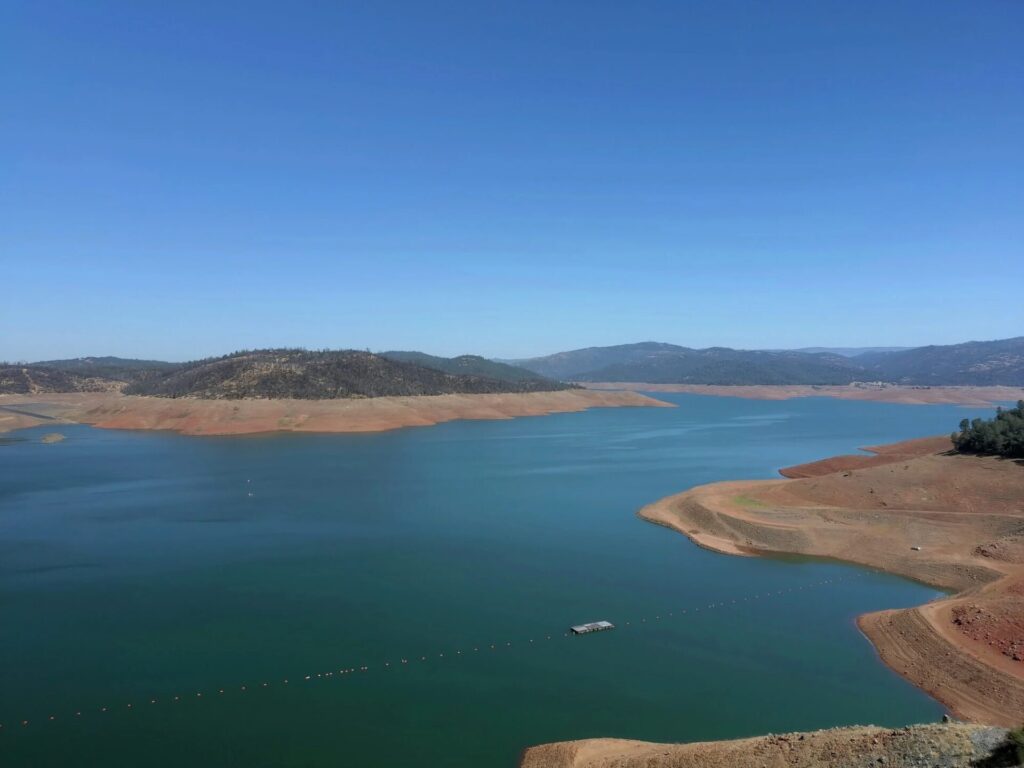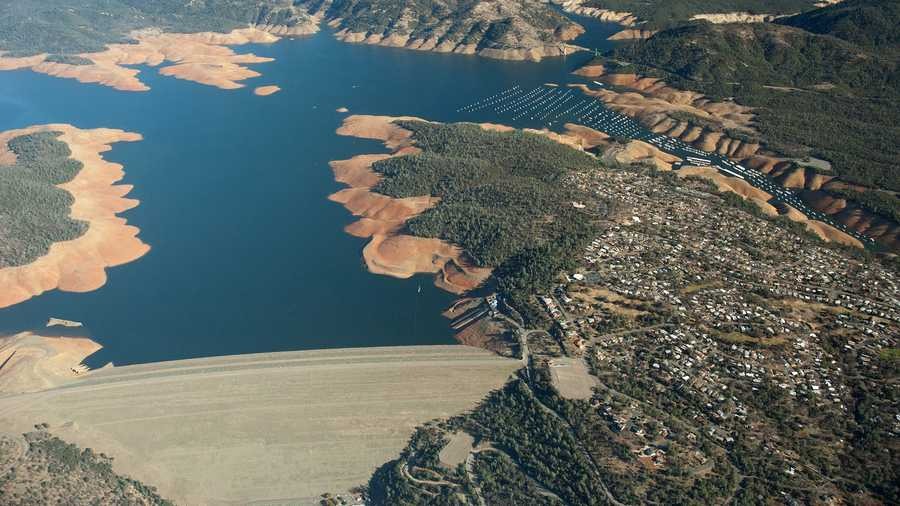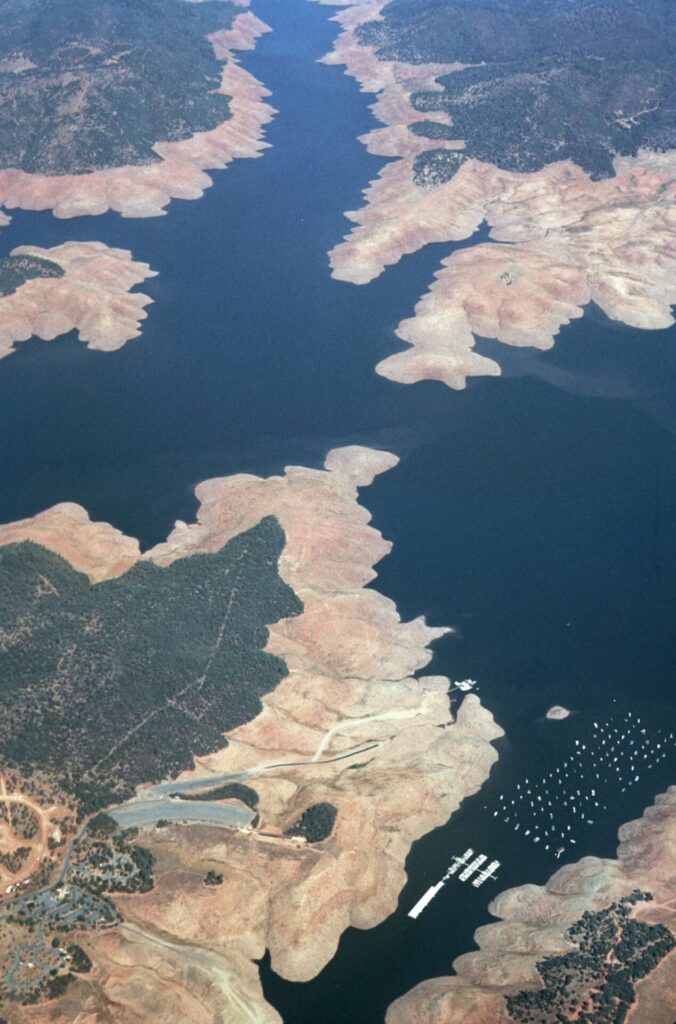
California’s second-largest reservoir, Lake Oroville, has reached full capacity for the second consecutive year, despite previous concerns that it might never be completely filled again, according to California Globe.
Recent years have been marked by severe droughts in the Golden State, but a series of heavy rains in 2023 have allowed reservoirs to replenish and begin to restore depleted groundwater supplies. Officials now report that Lake Oroville has ample water to sustain residents through another year, even if 2025 proves to be particularly dry.

“Lake Oroville reaching its maximum capacity didn’t always seem like a possibility for this year,” remarked State Water Project Operations Manager Molly White. “It wasn’t looking great at the beginning of the water year. It started out very warm and dry. Here we are, certainly Mother Nature turned the corner and provided a lot of good snowpack and runoff into the lake that we have been able to fill.”
California has long dealt with drought conditions, but the overheating of our planet and shifting weather patterns exacerbated by air pollution from dirty energy sources such as gas and oil have worsened the situation, experts say.

These climatic changes have intensified existing issues, leading to more severe storms and droughts.
In response, California has updated its reservoir management rules, utilizing advanced weather forecasting technology to allow lakes to fill up more whenever possible.

Moreover, California remains a leader among U.S. states in transitioning away from polluting energy sources. In 2022, the state ranked second in total renewable energy production, just behind Texas, though it still lags behind South Dakota in terms of the percentage of renewable electricity generated.

Leave a Reply